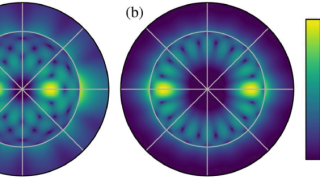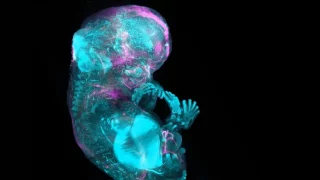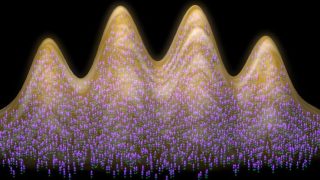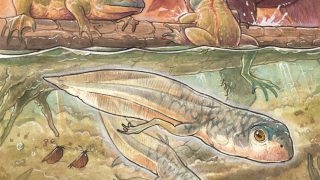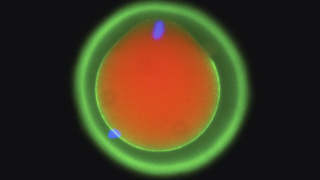
MI weekly selection #584
The carbon impact of permafrost thawing Researchers have developed a model to assess permafrost thawing’s impact on carbon release. The study suggests that while thawing could release substantial carbon, only a fraction will reach the atmosphere by 2100, but this thawing still presents a significant challenge for climate mitigation efforts. Full Story: PhysOrg Rare neuron […]

